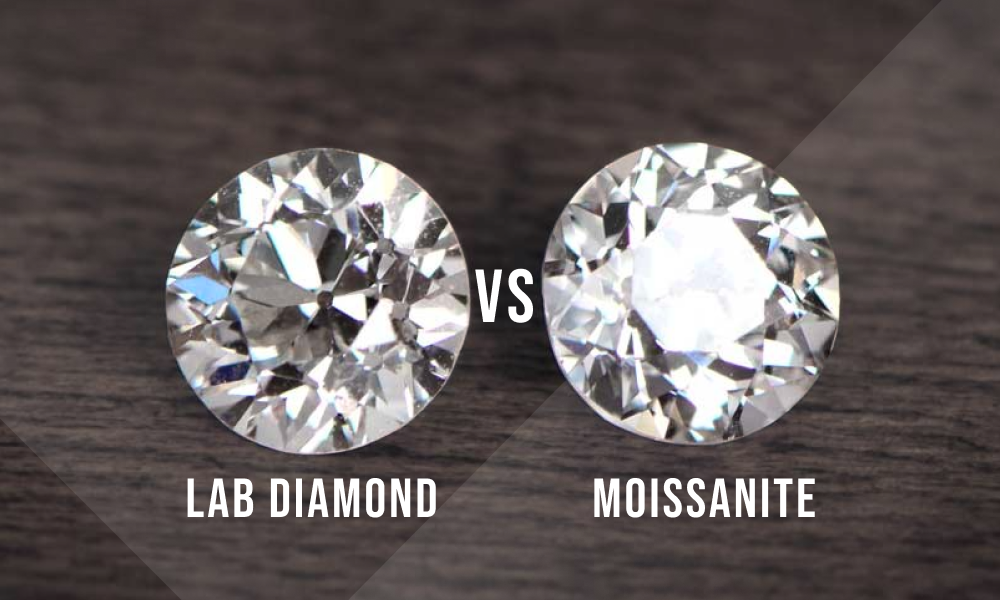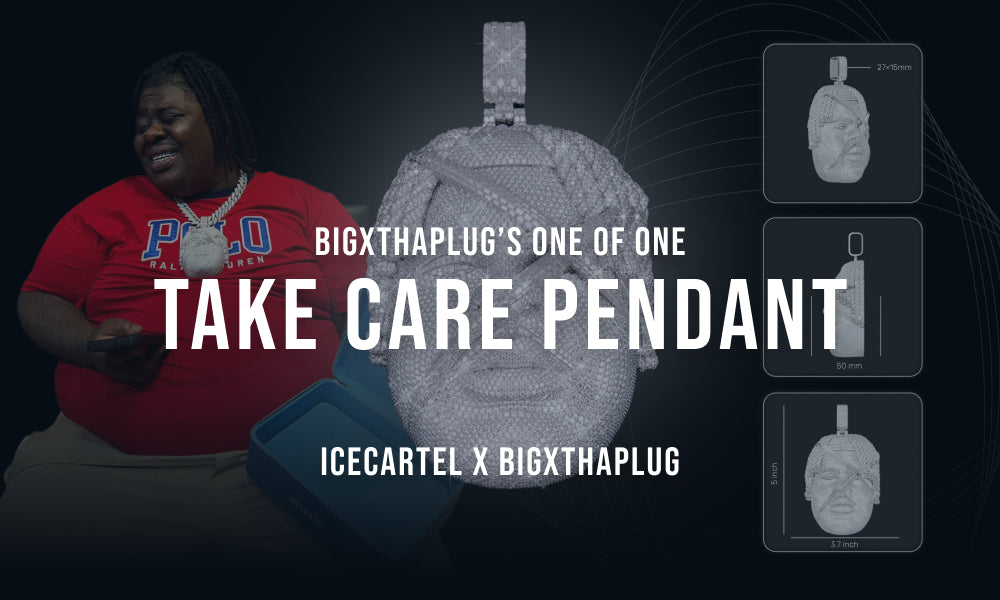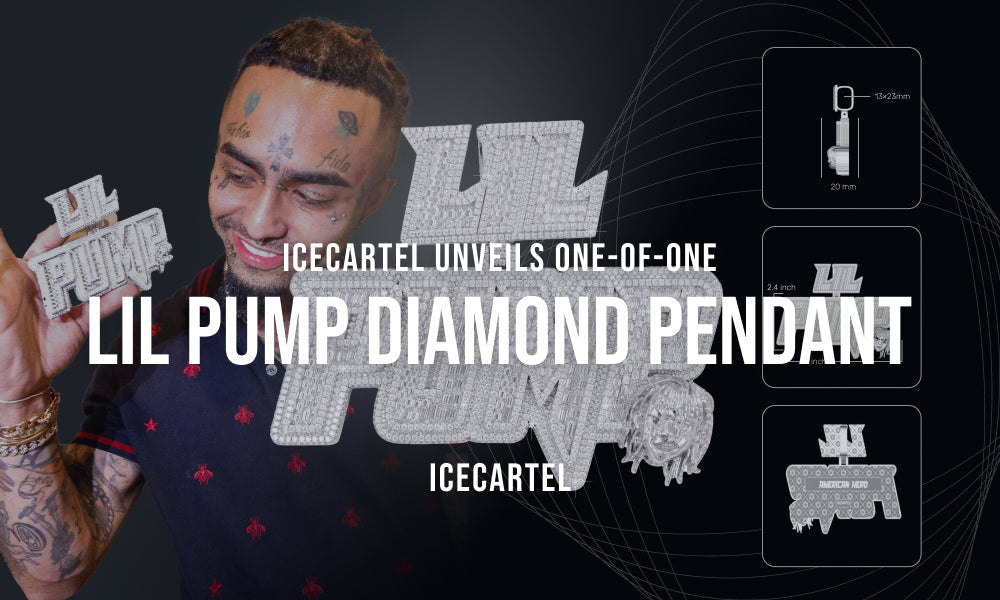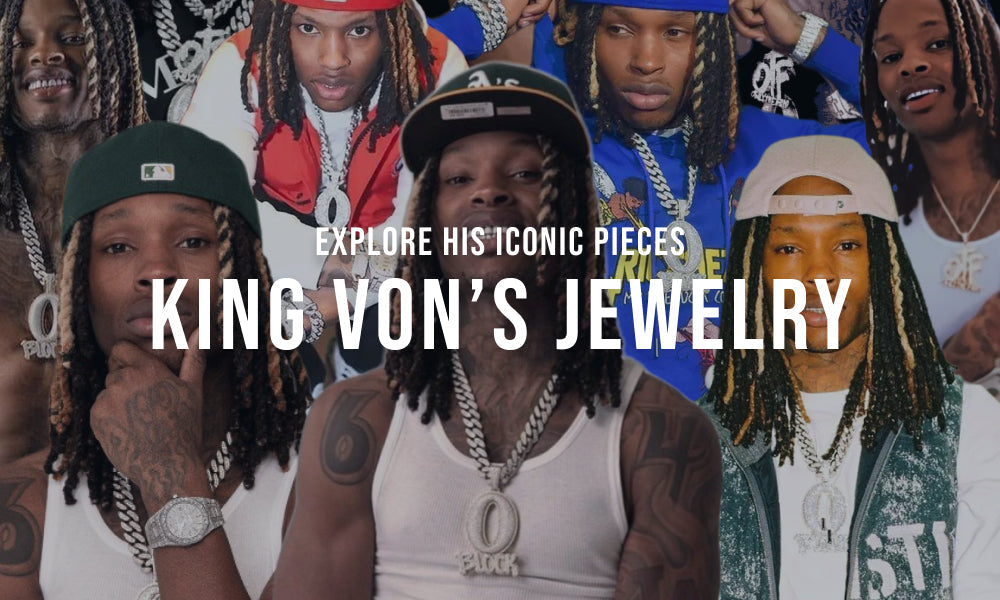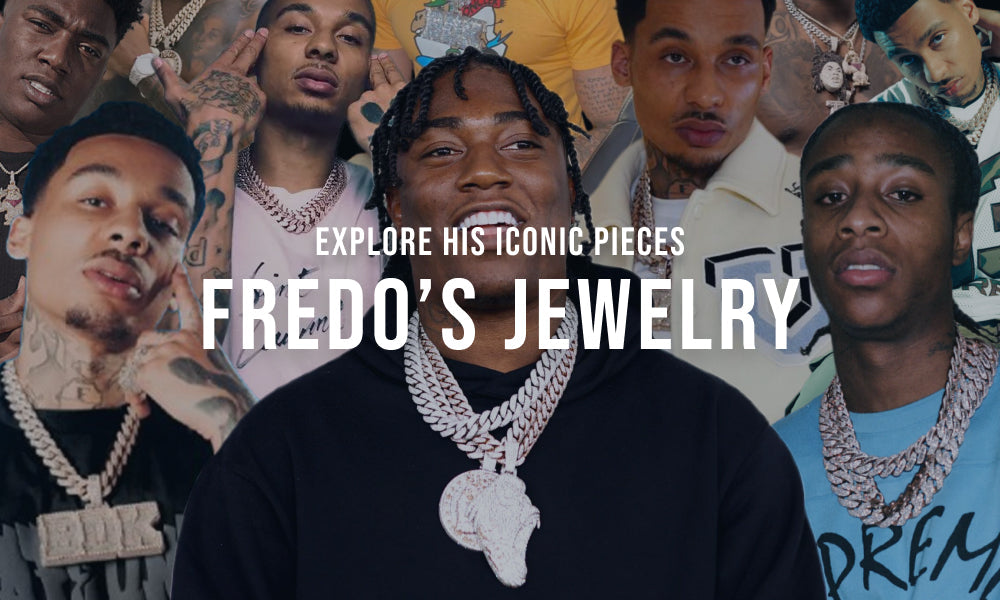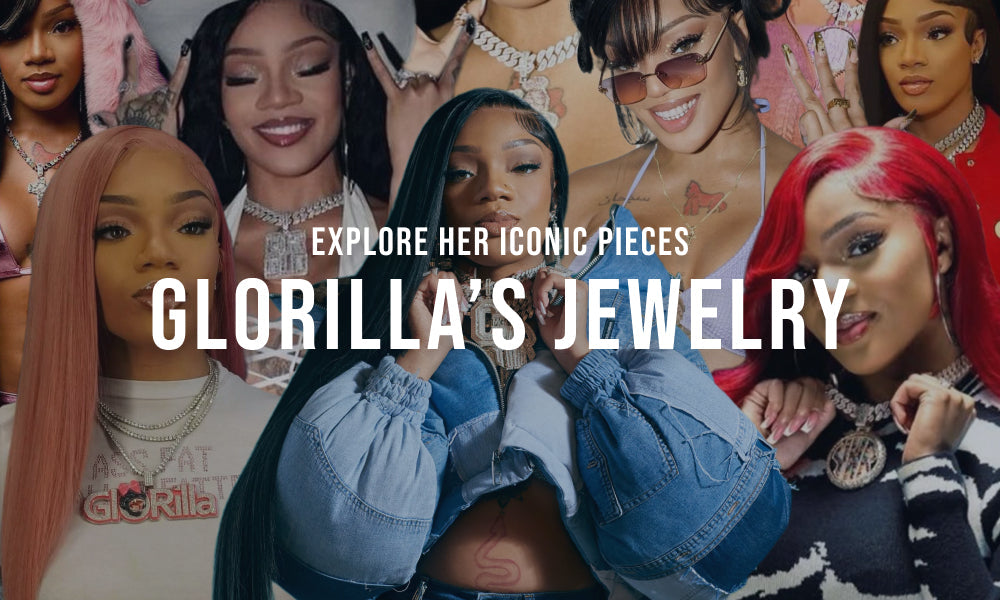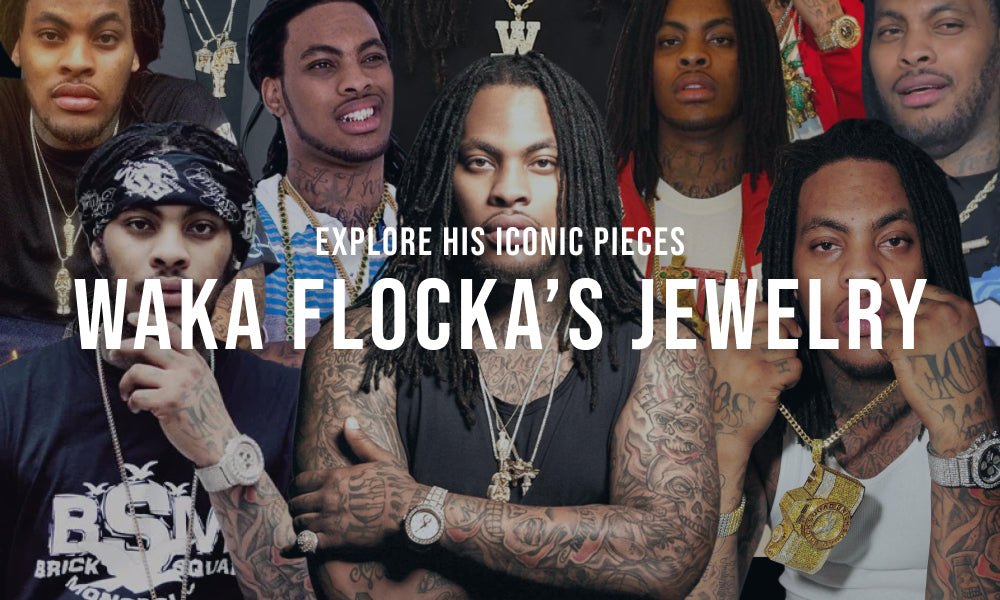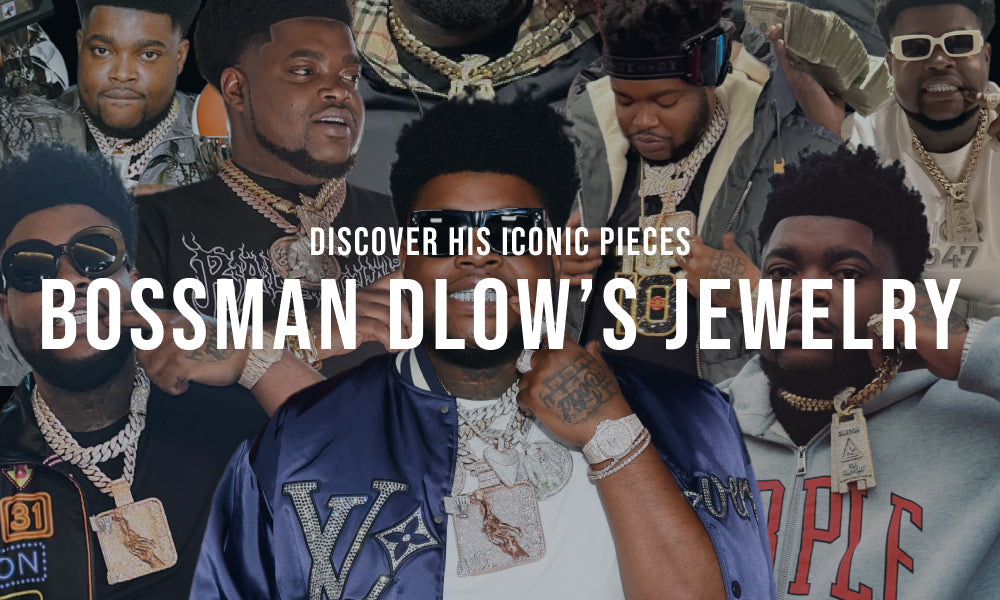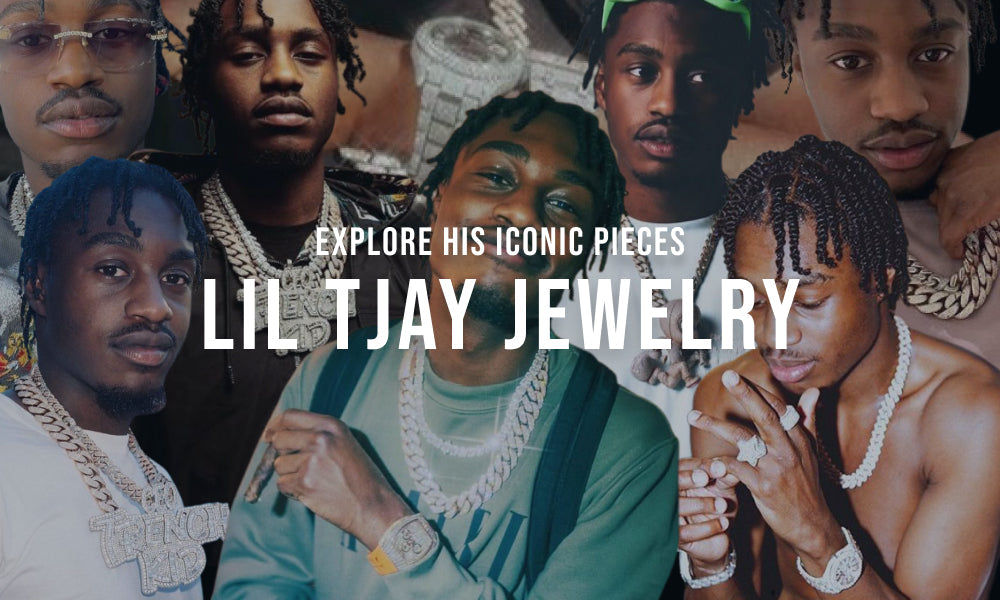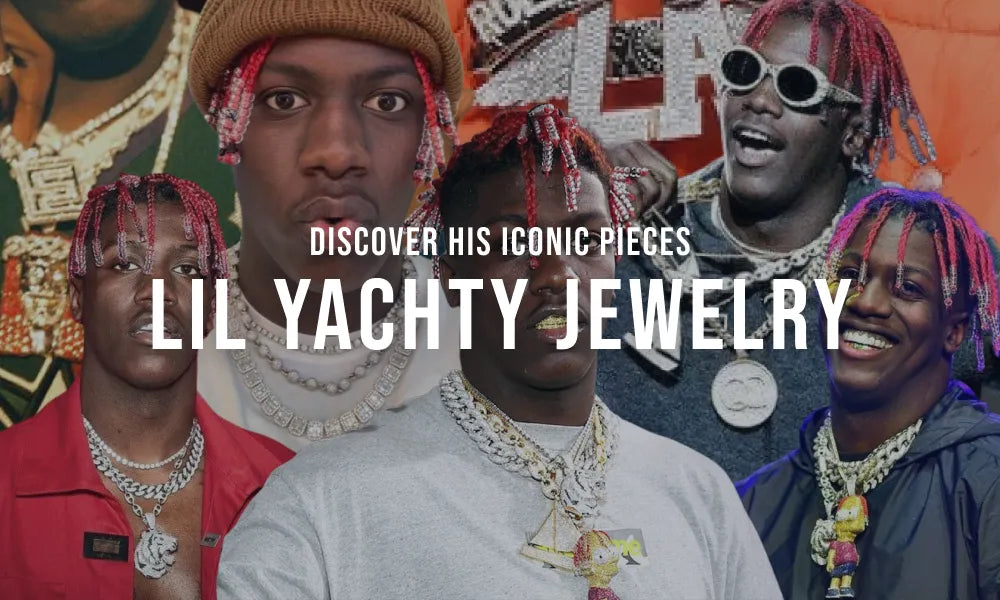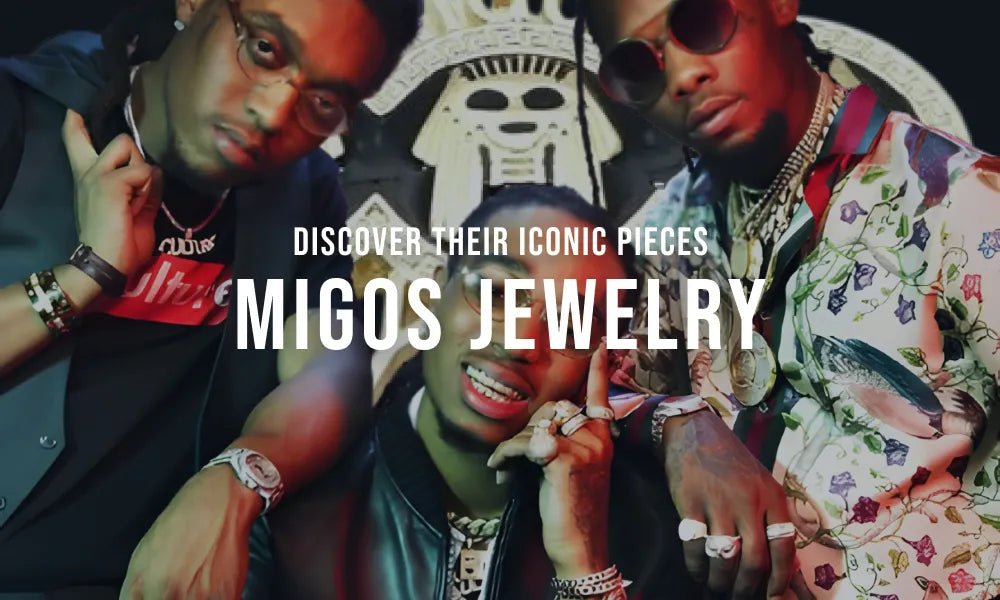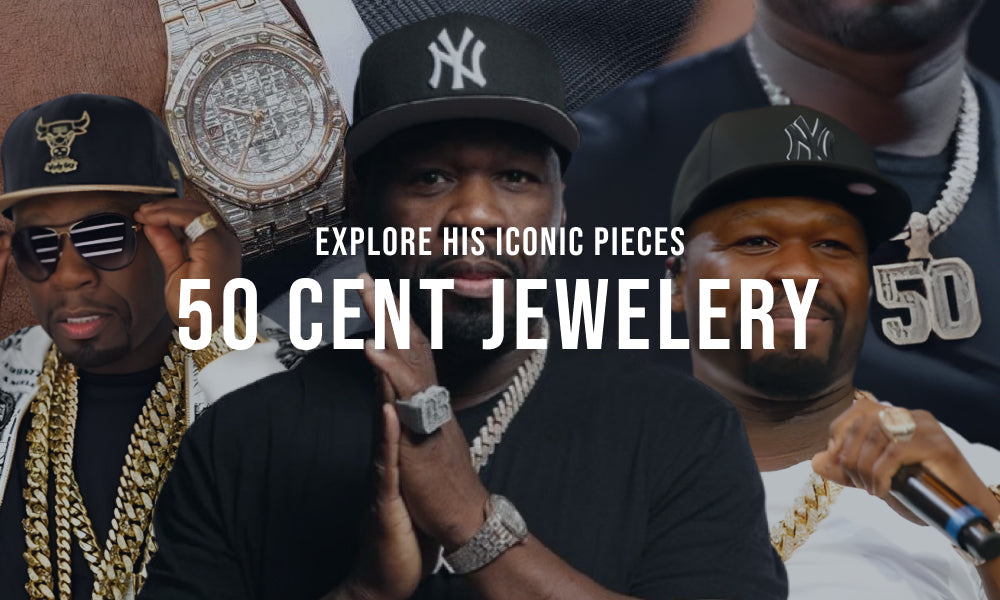Whether natural or lab-grown, diamonds come in various sizes, shapes, clarities, colors, and cuts. The quality of a diamond is determined by grading the gemstone based on the 4 Cs, clarity being one of the most influential factors.
Among the 6 primary clarity grades, VVS is one of the most valuable and popular options. But what does VVS mean and where do VVS diamonds rate on the clarity scale?
Understanding the VVS meaning is essential as it not only affects the appearance of a gemstone but can also have a significant impact on its price.
Basically, VVS stands for Very Very Slightly Included diamonds, making them among the highest-grade diamonds in terms of clarity. VVS diamonds feature minimal inclusions that are extremely (VVS1) or very difficult (VVS2) to see under 10x magnification.
In this article, we explain the basics of the diamond grading scales while focusing on diamonds with VVS clarity. To better illustrate the characteristics of VVS diamonds, we compare VVS1 and VVS2 diamonds with other clarity grades, such as VS and SI.
Lastly, we share some tips and recommendations to help you make an informed decision when purchasing a VVS diamond.
Understanding Diamond Clarity
You may have noticed that diamonds with the same carat weight, size, and shape have significant differences in terms of pricing. This is because diamonds are available in different qualities that are determined based on their physical characteristics.
Let’s take a closer look at the 4 Cs of diamonds and explain why diamond clarity plays an important role in the gemstone’s overall appearance and value.
You'll Also Love: How Much is a VVS Diamond Chain
The 4 Cs of Diamonds
To establish and communicate the quality of any diamond in a universal language, GIA has created a grading system that is based on the evaluation of the 4 Cs of diamonds. These are the color, clarity, cut, and carat weight of a diamond.
While the 4 Cs are equally important for grading diamonds, clarity is a crucial factor that has a significant impact on diamonds’ visual aspects.
Diamond clarity can enhance the overall appearance of the gemstone. With fewer inclusions and blemishes, a diamond looks cleaner and has improved light performance. More inclusions, on the other hand, contribute to a diamond’s dull and less sparkly look.
Besides, the price and value of a diamond also largely depend on its clarity. Higher-clarity diamonds are more expensive than those with visible inclusions or blemishes.
Clarity Grading Scale
The clarity of a diamond is measured based on the amount, size, shape, position, and visibility of inclusions and blemishes under 10x magnification.
The clarity scale ranges from Included (I) diamonds with internal imperfections and natural inclusions to Flawless (FL) diamonds without any inclusions or blemishes. The 6 primary clarity grades of diamonds include:
Flawless (FL) Diamonds
Internally Flawless (IF) Diamonds
Very, Very Slightly Included (VVS) Diamonds
Very Slightly Included (VS) Diamonds
Slightly Included (SI) Diamonds
Included (I) Diamonds
On the clarity scale, VVS diamonds come right after Flawless (FL) and Internally Flawless (IF) diamonds. Therefore, a VVS diamond is the third most valuable diamond in terms of clarity.
What Is VVS?
So, what does VVS mean?
The abbreviation of VVS clarity stands for “Very Very Slightly Included” diamonds.
VVS-grade diamonds signify a high level of clarity in diamonds, making them not only visually appealing but also extremely valuable.
VVS diamonds can be further classified into two subcategories, including VVS1 and VVS2. While these clarity grades are almost identical, some minor differences can be observed under magnification.
Characteristics of VVS Diamonds
In VVS diamonds, the inclusions that may be seen under magnification are quite tiny.
VVS diamonds have minor inclusions and blemishes that are so minuscule that they appear eye-clean, and even professional jewelers find it difficult to detect them under a 10x magnifier.
VVS1 vs. VVS2

To understand the primary characteristics of VVS diamonds, it’s essential to differentiate between VVS1 and VVS2 subcategories.
While the inclusions in both VVS1 and VVS2 diamonds are pretty much invisible to the naked eye, there are some differences in terms of clarity when the gemstones are observed under magnification.
VVS1 Clarity
VVS1 diamonds have the highest clarity grade within the VVS category.
VVS1 diamonds are characterized by tiny inclusions and minimal blemishes that are extremely hard to see under 10x magnification, even for a skilled diamond grader.
VVS2 Clarity
VVS2 diamonds, on the other hand, are more included than VVS1 diamonds and have a slightly lower clarity grade.
The inclusions in VVS2 diamonds can be negligibly more prominent and a bit darker. While they are easier to detect when compared to VVS1 diamonds, the imperfections are still hard to see.
Importance of VVS Clarity

Choosing the right option out of so many diamond clarity grades can be frustrating. Is the VVS clarity grade even worth the investment?
Long story short, VVS-grade diamonds are exceptionally valuable due to their visual characteristics and rarity.
Here’s why opting for a VVS clarity diamond can be a reasonable choice.
Visual Appeal
VVS diamonds offer high clarity, making them nearly flawless to the naked eye. The imperfections are so minor that they are also difficult to see under magnification.
High clarity contributes to excellent light performance and dazzling brilliance, giving VVS diamonds an even more appealing look.
Whether it’s an engagement ring or a diamond chain , VVS diamonds will turn heads without fail.
Value and Rarity
Diamonds with minimal inclusions and blemishes are quite rare, making them even more valuable and desirable.
Thanks to the high clarity and consumer demand, VVS diamonds also have a higher market value and investment potential.
Although a VVS diamond is more on the expensive side, its value is well-reserved over time, making it a reasonable option for hedging against inflation.
Comparison with Other Clarity Grades
If you’re wondering whether you should buy a VVS diamond or opt for a lower-clarity option that is more affordable, here’s a detailed comparison of VVS, VS, and SI clarity diamonds.
VVS vs. VS (Very Slightly Included)
The VVS meaning can be interpreted as “Very, Very Slightly Included,” whereas VS stands for “Very Slightly Included.” The main differences between VVS and VS clarity grades are in the visibility and size of inclusions as well as the price.
When compared to VVS diamonds, VS diamonds have slightly larger and more visible inclusions that are still characterized as minor but can be observed with effort under 10x magnification.
In terms of pricing, VS diamonds are cheaper due to the differences in clarity, providing a more affordable alternative to VVS-grade diamonds.
VVS vs. SI (Slightly Included)
The SI clarity refers to “Slightly Included” diamonds that show noticeable inclusions and blemishes under 10x magnification. These imperfections are typically invisible to the unaided eye, especially through a casual observer’s eyes.
As the clarity of an SI diamond is much lower than that of a VVS diamond, there’s a significant price difference between these two clarity grades.
The inclusions of an SI diamond don’t have a notable impact on its transparency and brilliance. Therefore, SI diamonds are ideal for those who want to achieve a sparkly look on a budget.
Buying Considerations

VVS diamonds can be expensive, especially colorless options with a high carat weight and excellent cut. Therefore, it’s important to carefully select the right gemstone based on your personal preferences, intended uses, and budget.
Certification and Authenticity
Buying diamonds that have been certified by reputable and unbiased gem labs, such as GIA and AGS, is key to ensuring the authenticity of the precious gemstone.
Understanding and interpreting the clarity section in a diamond grading report is pretty straightforward. Under “Grading Results,” you can find the “Clarity Grade,” indicating how included a given diamond is.
Before making a purchase, check if a VVS diamond has a laser inscription on the girdle. If it does, ensure it matches with the certification report.
Personal Preferences and Uses
While VVS diamonds are remarkably brilliant and valuable, it’s up to your personal preferences and intended use whether you invest in this high-clarity diamond or go for a more affordable gemstone.
Generally speaking, the choice between different clarity grades is often influenced by the type of jewelry.
VVS diamonds are perfect for engagement rings due to their almost flawless appearance and superior light performance. They are also widely incorporated into wedding bands to complement the commitment symbolized by the ring.
Thanks to their gleaming nature, high-clarity diamonds are often used to add a sparkly touch to VVS diamond chains , earrings, necklaces, bracelets, and more.
Budgeting and Affordable Alternatives
The easiest way to budget when shopping for a VVS diamond is to balance the clarity grade with other factors, such as cut, color, and carat weight.
For example, if you want to get a high-clarity gemstone, such as a VVS diamond, then compromising on the color and carat weight will help you save money.
In addition, you can opt for more affordable VVS diamond alternatives that offer similar sparkliness and light performance. Moissanite is a perfect example.
Moissanite is characterized by a higher refractive index, giving the gemstone a noticeable brilliance. So, if you’re on a tight budget, you might want to consider choosing moissanite over diamond.
Moissanite chain and other jewelry pieces are just as elegant and timeless, adding luxurious allure to any outfit at a fraction of the price.
Conclusion
Diamond grading is an important aspect of determining the quality and value of this precious gemstone. Clarity is one of the most influential factors that allows gemologists to evaluate diamonds.
The clarity scale of diamonds incorporates 6 primary categories, with VVS-grade diamonds sitting right after Flawless and Internally Flawless diamonds.
But what exactly is the VVS meaning?
VVS stands for Very Very Slightly Included diamonds that have minimal inclusions and blemishes, invisible to the naked eye and also hard to detect under 10x magnification. These minute imperfections have no impact on the brilliance and refractive index of VVS diamonds, making them quite rare and valuable.
Before buying a VVS diamond, make sure to consider your personal preferences and budget. This will enable you to balance and compromise on different characteristics while saving some money.
Lastly, opt for VVS diamonds that come with grading certificates from reputable sources. This is key to verifying the authenticity of the diamonds and identifying their characteristics.























